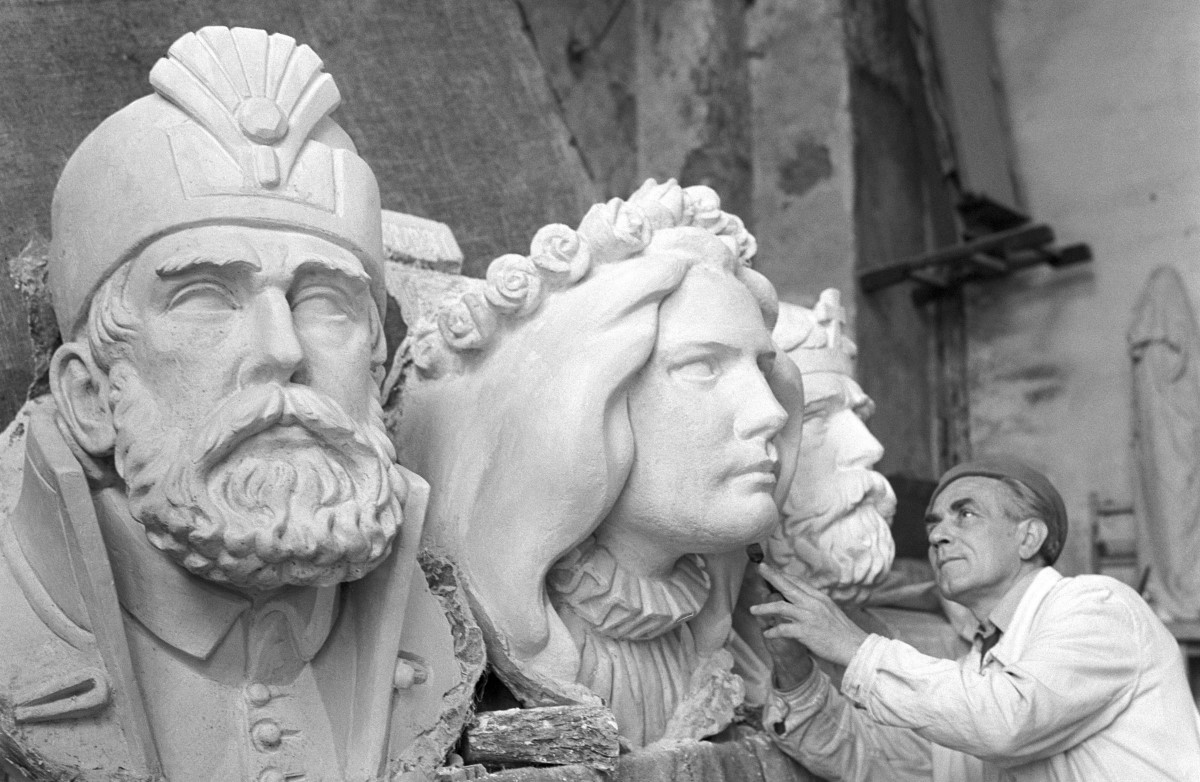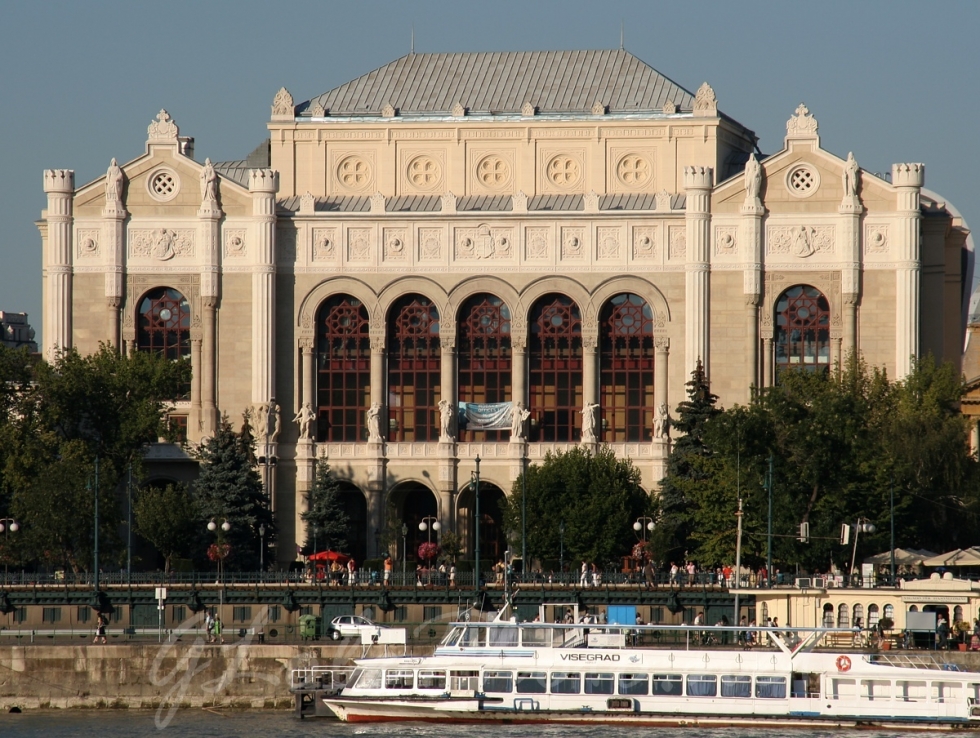
The permanent exhibition portraying the history of Pesti Vigadó and the building that once stood in its place called Redoute has been open since 27th May 2017. Come and explore Pesti Vigadó’s past! This exhibition can be visited with Vigadó Gallery ticket.
The building that once stood in the place of today's Pesti Vigadó called Redoute, which was constructed on the basis of Mihály Pollack's plans and opened in 1833, was the home of the highest culture at the time of its completion. In those days the building was associated with the birth of the Hungarian middle class and the Hungarian nation, and actually the first representative parliamentary session was also held in Redoute, which – for this reason – was completely destroyed by the Austrian troops during the Hungarian Revolutionof 1848-1849.
Following are building project based on Frigyes Feszl's plans, the building on the same spot, called Pesti Vigadó, was reopened only in 1865 and it soon housed a very outstanding event. In 1867, Franz Joseph I's coronation banquette was held in this building, and the town of Budapest was also born here through the unification of the three formerly distinct city parts of Pest, Buda and Óbuda. Among many other, Johann Strauss (jr. and sr.), famous musicians Ernő Franz Liszt, Richard Wagner, Béla Bartók and Dohnányi gave concerts in the building. Likewise, Johannes Brahms, Camille Saint-Saëns and Claude Debussy also gave performances in Pesti Vigadó's Concert Hall, while Bruno Walter and Herbert von Karajan also conducted orchestras here.
After a ten-year-long period of refurbishment, Pesti Vigadó was re-opened in 2014 and since then has been functioning as both the seat of the Hungarian Academy of Arts and Europe's first centre of gesamtkunstwerk. In addition, Pesti Vigadó also prides itself on being a perfect location for cultural, art as well as diverse public and social events.
This exhibition portrays the history of the building and, by providing this description, it also highlights some of the most important events in the history and cultural history of Hungary and the world.
Event location





